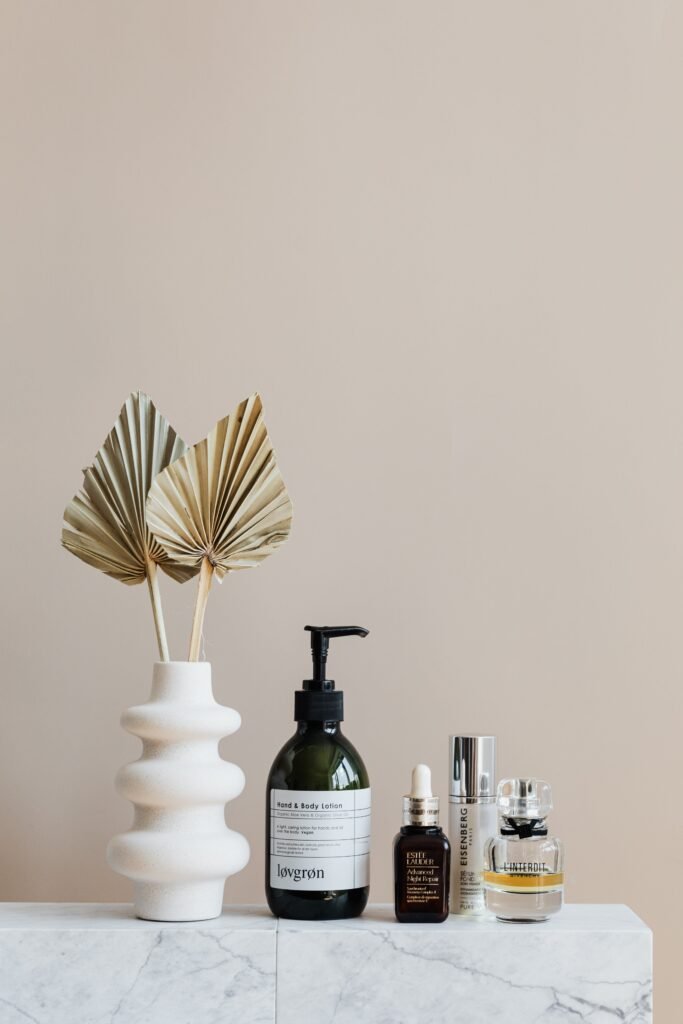Have you ever stopped to think about how long you’ve had your toothbrush? It’s easy to forget that this seemingly small and insignificant daily tool plays a vital role in our oral hygiene. However, just like any other item we use regularly, our toothbrushes need to be replaced regularly too. In this article, we will explore why you should make it a habit to change your toothbrush every 3-4 months, or even sooner. So, let’s dive into the captivating world of toothbrushes and discover why this simple act can make a big difference in your dental health.
Why Should You Change Your Toothbrush Regularly?
Changing your toothbrush regularly is an essential part of maintaining optimal oral hygiene. By regularly replacing your toothbrush, you can prevent bacterial growth, avoid cross-contamination, and maintain brushing effectiveness. Not only does changing your toothbrush reduce the risk of gum disease and prevent oral infections, but it also helps prevent toothbrush wear and tear, improve breath freshness, and avoid staining and discoloration. In this article, we will explore these reasons in detail, highlighting the importance of changing your toothbrush every 3-4 months or sooner.

This image is property of images.pexels.com.
Maintain Optimal Oral Hygiene
Maintaining optimal oral hygiene is crucial for overall health and well-being. Your toothbrush plays a significant role in keeping your teeth and gums clean. However, over time, the bristles of your toothbrush can become frayed and worn, making it less effective at removing plaque and bacteria. By changing your toothbrush regularly, you ensure that you have a toothbrush with bristles in good condition, allowing for thorough cleaning and optimal oral hygiene.
Prevent Bacterial Growth
Bacteria thrive in warm and moist environments, making your toothbrush an ideal breeding ground for them. Over time, the bristles of your toothbrush can accumulate bacteria, leading to potential oral health issues. By changing your toothbrush every 3-4 months, you can significantly reduce the risk of bacterial growth and maintain a more hygienic oral care routine.
Avoid Cross-Contamination
Sharing your toothbrush with others can lead to the transmission of bacteria and viruses, increasing the risk of infections and diseases. Even without sharing, your toothbrush can still be exposed to different bacteria present in your mouth. By changing your toothbrush regularly, you minimize the chances of cross-contamination, ensuring that you are using a clean toothbrush that is exclusive to your oral care routine.
Maintain Brushing Effectiveness
As time passes, the bristles of your toothbrush gradually lose their stiffness and effectiveness. This can significantly impact the effectiveness of your brushing routine as the bristles become unable to reach inaccessible areas and remove plaque effectively. By changing your toothbrush regularly, you ensure that you have a toothbrush with firm bristles that can provide optimal cleaning, reaching all areas of your mouth and maintaining the effectiveness of your brushing routine.

This image is property of images.pexels.com.
Reduce Risk of Gum Disease
Gum disease, also known as periodontal disease, is a common oral health issue that can be prevented by regular toothbrush replacement. With time, the bristles of your toothbrush become less effective at removing plaque and bacteria from your gumline, increasing the risk of gum disease. By changing your toothbrush every 3-4 months, you can effectively reduce the risk of gum disease by ensuring that you have a toothbrush that can clean your gumline thoroughly and maintain your oral health.
Prevent Toothbrush Wear and Tear
Using the same toothbrush for an extended period can result in wear and tear of the bristles and the overall quality of the toothbrush. Frayed or damaged bristles reduce the effectiveness of your toothbrush and can also harm your teeth and gums. By changing your toothbrush regularly, you prevent toothbrush wear and tear, ensuring that you have a toothbrush that can properly clean your teeth without causing any damage.

This image is property of images.pexels.com.
Improve Breath Freshness
An old and worn-out toothbrush may not effectively remove the bacteria that cause bad breath. Changing your toothbrush regularly ensures that you have a toothbrush with fresh bristles that can effectively clean your teeth, tongue, and gums, thus improving your breath freshness. With a fresh toothbrush, you can confidently face the day knowing that your breath is fresh and pleasant.
Prevent Oral Infections
Neglecting to change your toothbrush regularly can increase the chances of oral infections. Bacteria and viruses can thrive on an old toothbrush, leading to potential oral health issues such as infections in the mouth or throat. By switching to a new toothbrush every 3-4 months, you reduce the risk of oral infections and maintain better overall oral health.
Avoid Staining and Discoloration
Over time, your toothbrush can accumulate stains from the food and beverages you consume. Using an old toothbrush with stained bristles can cause these stains to transfer onto your teeth, resulting in discoloration. By changing your toothbrush regularly, you can avoid the buildup of stains on your toothbrush and prevent the transfer of these stains to your teeth, keeping your smile bright and healthy.
In conclusion, regularly changing your toothbrush every 3-4 months or sooner is essential for maintaining optimal oral hygiene. By doing so, you can prevent bacterial growth, avoid cross-contamination, maintain brushing effectiveness, reduce the risk of gum disease, prevent toothbrush wear and tear, improve breath freshness, prevent oral infections, and avoid staining and discoloration. Remember, a clean and fresh toothbrush is a small yet significant step towards a healthier and brighter smile.
